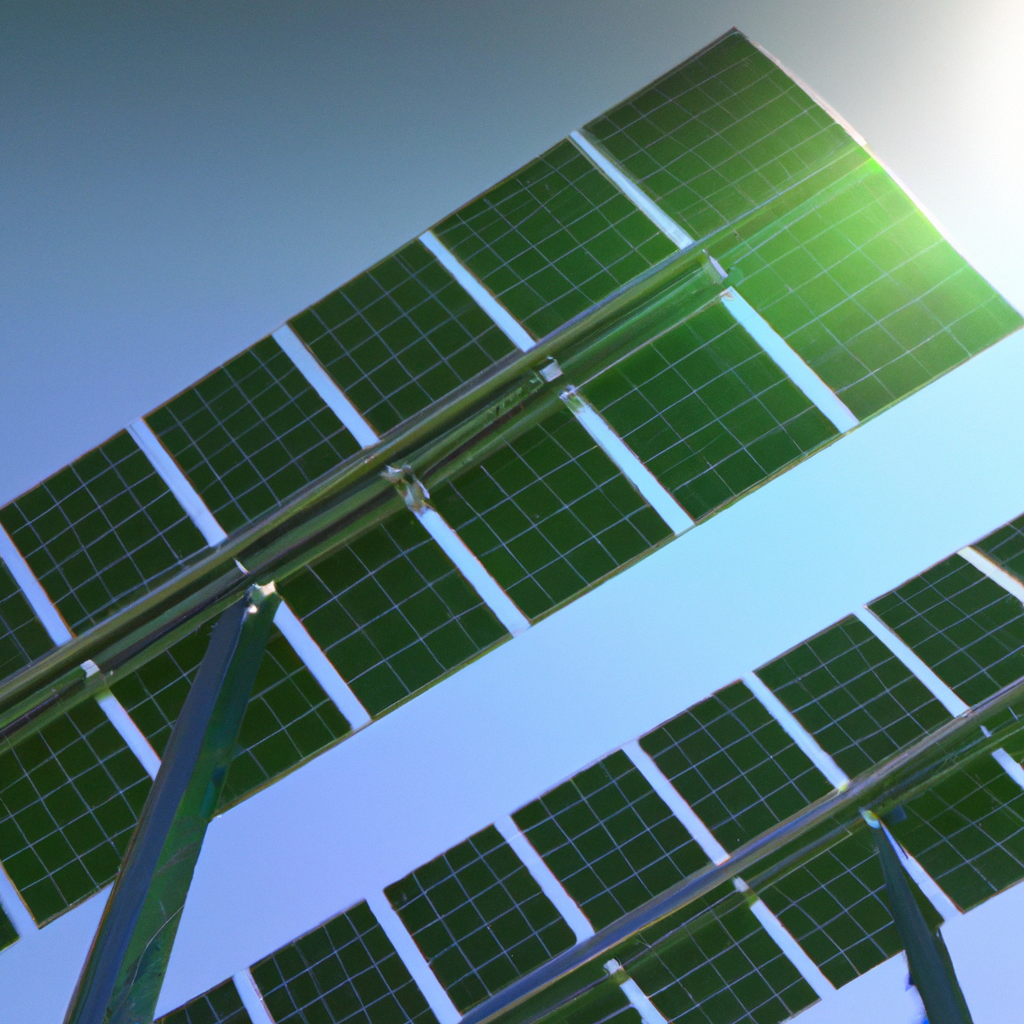Solar energy is one of the most abundant and sustainable energy sources available on earth. Solar panels, also known as photovoltaic (PV) panels, are devices that convert sunlight into electricity. They are made up of several layers of materials, including silicon, which is the most important component of solar cells. In this article, we will explore in detail how solar panels convert sunlight into electricity.
The process of converting sunlight into electricity can be broken down into the following steps:
1. Absorption of sunlight
The solar panels are made up of photovoltaic cells, which are designed to absorb sunlight. When sunlight hits the panel, it is absorbed by the silicon atoms in the cells. This absorption causes the electrons in the silicon atoms to become excited and move around.
2. Creation of an electric field
As the electrons move around, they create an electric field across the layers of the solar cell. This electric field is what makes solar panels capable of producing electricity. This electric field is created by combining the positive charge of the silicon atoms with the negative charge of the electrons.
3. Conversion of sunlight into DC electricity
The electric field created by the movement of electrons in the solar cell causes them to flow in a certain direction, which is used to create a direct current (DC) flow of electricity. This is the same type of electricity used in batteries.
4. Use of an inverter to convert DC to AC electricity
Most homes and businesses use alternating current (AC) electricity, which is different from the DC electricity produced by solar panels. To be able to use the electricity produced by solar panels, an inverter is used to convert the DC electricity into AC electricity.
5. Distribution of electricity
Once the DC electricity has been converted into AC electricity by the inverter, it can be used to power appliances and other electrical devices in homes and businesses.
Solar panels are a crucial component of solar power systems, which are becoming increasingly popular as people look for more sustainable energy sources. The use of solar power helps reduce reliance on fossil fuels, which are not only limited in supply but also contribute to environmental pollution and climate change.
Advantages of solar panels
1. Renewable energy source
Unlike fossil fuels, solar energy is a renewable energy source, meaning it can be continuously replenished. This makes it a more sustainable and long-term energy source.
2. Energy efficiency
Solar panels are highly energy-efficient, meaning they can generate a lot of electricity from a relatively small surface area. This makes them ideal for use in homes and businesses where space may be limited.
3. Low maintenance
Once solar panels have been installed, they require very little maintenance. They can last for several decades without needing any major repairs or replacements.
4. Cost-effective
Although the initial cost of installing solar panels may be high, they can save homeowners and businesses a lot of money in the long run. This is because they can significantly reduce energy bills and even generate income through the sale of excess energy to the grid.
5. Reduced carbon footprint
The use of solar panels helps reduce carbon emissions, which contribute to climate change. By reducing reliance on fossil fuels, solar power can help create a cleaner and healthier environment for future generations.
Conclusion
Solar technology has come a long way in recent years, and solar panels are now more efficient and cost-effective than ever before. They are an important component of solar power systems, which offer a sustainable and renewable energy source that can help reduce reliance on fossil fuels. With the advantages of solar panels mentioned above, it is clear that they are a viable and important solution for those looking to make their homes and businesses more sustainable and energy-efficient.







